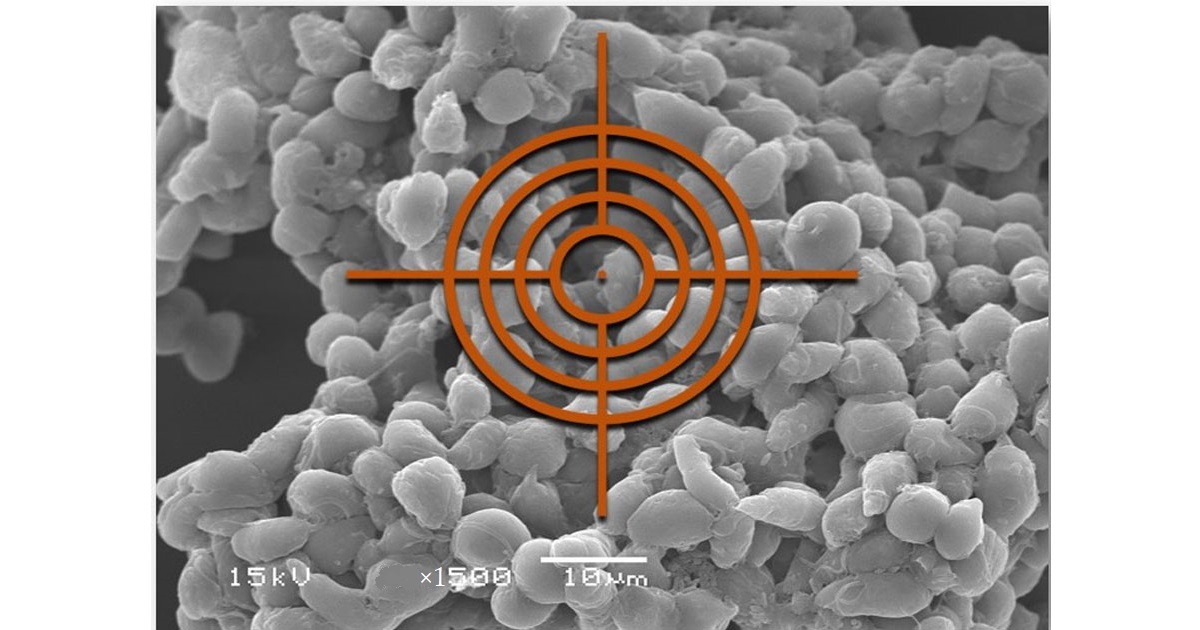- 3.3Impact Factor
- 6.8CiteScore
- 14 daysTime to First Decision
Trichomonas vaginalis Infection
This special issue belongs to the section “Parasitic Pathogens“.
Special Issue Information
Dear Colleagues,
Despite the urogenital pathogen Trichomonas vaginalis being discovered in 1836 by Alfred Donné, there is still a lot to understand about how this parasite is responsible for the most common nonviral sexually transmitted infection worldwide. Outstanding studies have contributed with genomic, transcriptomic, and proteomic data on T. vaginalis–host interaction. However, gaps on drug resistance detection, the role of endosymbionts in trichomonads biology and even an approved and feasible in vivo model of infection remain to be answered. The purpose of this Special Issue on “Trichomonas vaginalis infection” is to publish the current state of recent research on topics related to this parasitic infection: pathogenesis mechanisms, parasite–host interaction, the role of endosymbionts, cell death, and drug resistance mechanisms. We are looking forward to your contributions.
Dr. Tiana Tasca
Guest Editor
Manuscript Submission Information
Manuscripts should be submitted online at www.mdpi.com by registering and logging in to this website. Once you are registered, click here to go to the submission form. Manuscripts can be submitted until the deadline. All submissions that pass pre-check are peer-reviewed. Accepted papers will be published continuously in the journal (as soon as accepted) and will be listed together on the special issue website. Research articles, review articles as well as short communications are invited. For planned papers, a title and short abstract (about 250 words) can be sent to the Editorial Office for assessment.
Submitted manuscripts should not have been published previously, nor be under consideration for publication elsewhere (except conference proceedings papers). All manuscripts are thoroughly refereed through a single-blind peer-review process. A guide for authors and other relevant information for submission of manuscripts is available on the Instructions for Authors page. Pathogens is an international peer-reviewed open access monthly journal published by MDPI.
Please visit the Instructions for Authors page before submitting a manuscript. The Article Processing Charge (APC) for publication in this open access journal is 2200 CHF (Swiss Francs). Submitted papers should be well formatted and use good English. Authors may use MDPI's English editing service prior to publication or during author revisions.
Keywords
- Trichomonas vaginalis–host interaction
- endosymbionts
- pathogenesis
- cell death
- drug resistance

Benefits of Publishing in a Special Issue
- Ease of navigation: Grouping papers by topic helps scholars navigate broad scope journals more efficiently.
- Greater discoverability: Special Issues support the reach and impact of scientific research. Articles in Special Issues are more discoverable and cited more frequently.
- Expansion of research network: Special Issues facilitate connections among authors, fostering scientific collaborations.
- External promotion: Articles in Special Issues are often promoted through the journal's social media, increasing their visibility.
- e-Book format: Special Issues with more than 10 articles can be published as dedicated e-books, ensuring wide and rapid dissemination.

